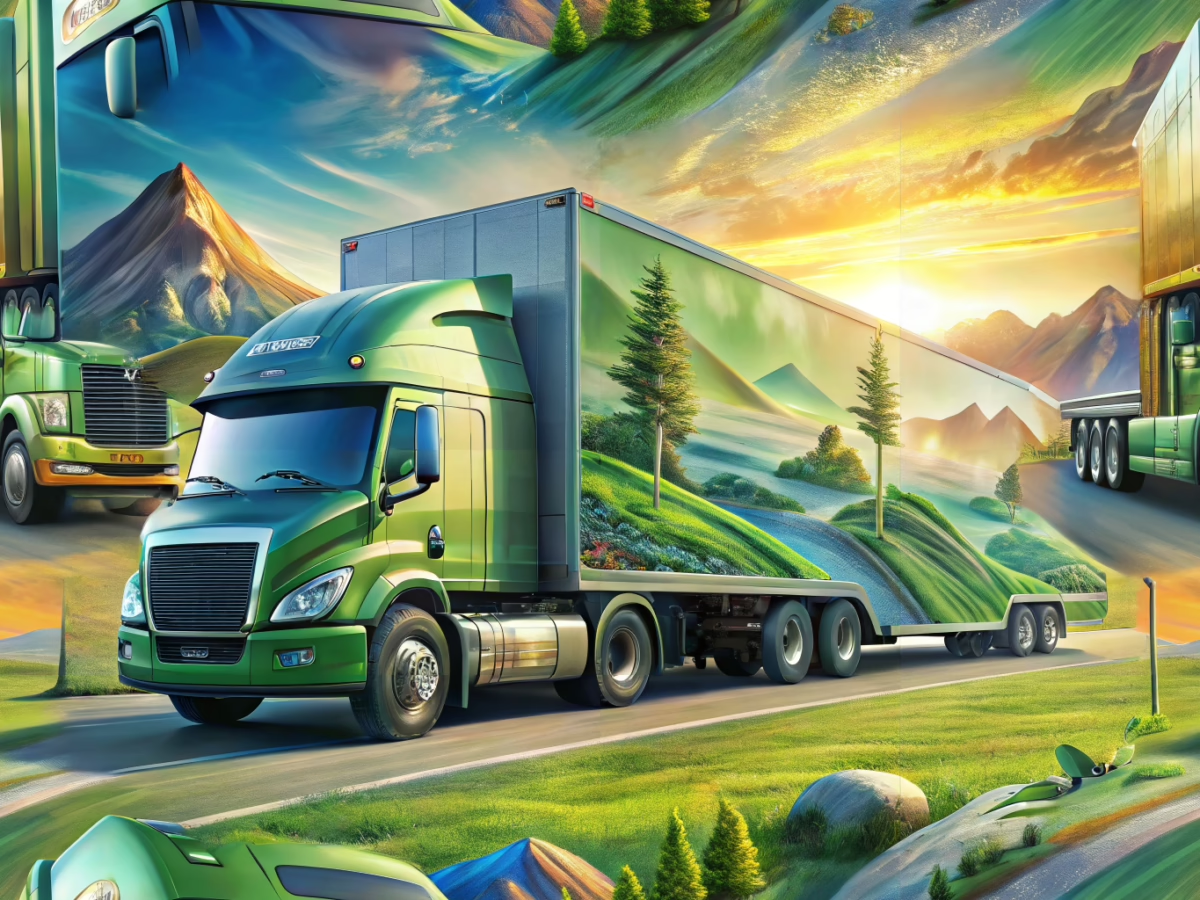In the bustling world of the trucking industry, where efficiency and sustainability are paramount, digital printing emerges as a game-changer. This innovative technology not only enhances the visual appeal of trucks but also significantly reduces waste compared to traditional printing methods. Let’s explore how digital printing is transforming the trucking landscape, offering a more sustainable and efficient solution.
The Green Edge: Digital Printing Benefits
Digital printing offers a plethora of benefits that make it a preferred choice for the trucking industry. One of the most significant advantages of digital printing is its ability to minimize waste. Unlike traditional printing methods, which often require large print runs and result in excess materials, digital printing allows for precise, on-demand production. This means that only the necessary amount of materials is used, reducing waste and conserving resources.
Moreover, digital printing benefits extend to the quality and customization of prints. With digital technology, trucking companies can produce high-quality graphics that are vibrant and durable, ensuring that their branding stands out on the road. The ability to customize each print also means that companies can easily update their designs without the need for large-scale reprints, further reducing waste. For expert digital printing solutions, check out Michigan Custom Signs Digital Printing Services.
Digital Printing vs. Traditional Printing: A Sustainable Shift
When comparing digital printing vs traditional printing, the sustainability factor becomes a clear differentiator. Traditional printing methods often involve lengthy setup processes and the use of harmful chemicals, contributing to environmental pollution. In contrast, digital printing eliminates the need for these processes, resulting in a cleaner and more eco-friendly production method.
The advantages of digital printing also include its energy efficiency. Digital printers consume less energy than their traditional counterparts, further reducing the carbon footprint of the printing process. This energy efficiency, combined with reduced material waste, makes digital printing a more sustainable choice for the trucking industry.
Driving Towards a Greener Future: Digital Printing Sustainability
Digital printing sustainability is not just a buzzword; it’s a reality that is reshaping the trucking industry. By adopting sustainable printing methods, trucking companies can significantly reduce their environmental impact. This shift towards sustainability is not only beneficial for the planet but also enhances the company’s reputation among environmentally conscious consumers.
Furthermore, digital printing allows for the use of eco-friendly inks and materials, further promoting sustainable practices. These inks are often water-based and free from harmful chemicals, ensuring that the printing process is as green as possible. By choosing digital printing, trucking companies are taking a proactive step towards a more sustainable future.
The Road Ahead: Embracing Sustainable Printing Methods
As the trucking industry continues to evolve, the adoption of sustainable printing methods like digital printing is crucial. The advantages of digital printing are clear: reduced waste, energy efficiency, and the ability to produce high-quality, customizable prints. By embracing these benefits, trucking companies can not only enhance their branding but also contribute to a more sustainable world.
In conclusion, digital printing is revolutionizing the trucking industry by offering a more sustainable and efficient alternative to traditional printing methods. As companies continue to prioritize sustainability, digital printing will undoubtedly play a key role in driving the industry towards a greener future. So, the next time you see a truck adorned with vibrant graphics, remember that it’s not just a visual treat—it’s a testament to the power of digital printing in creating a more sustainable world.

